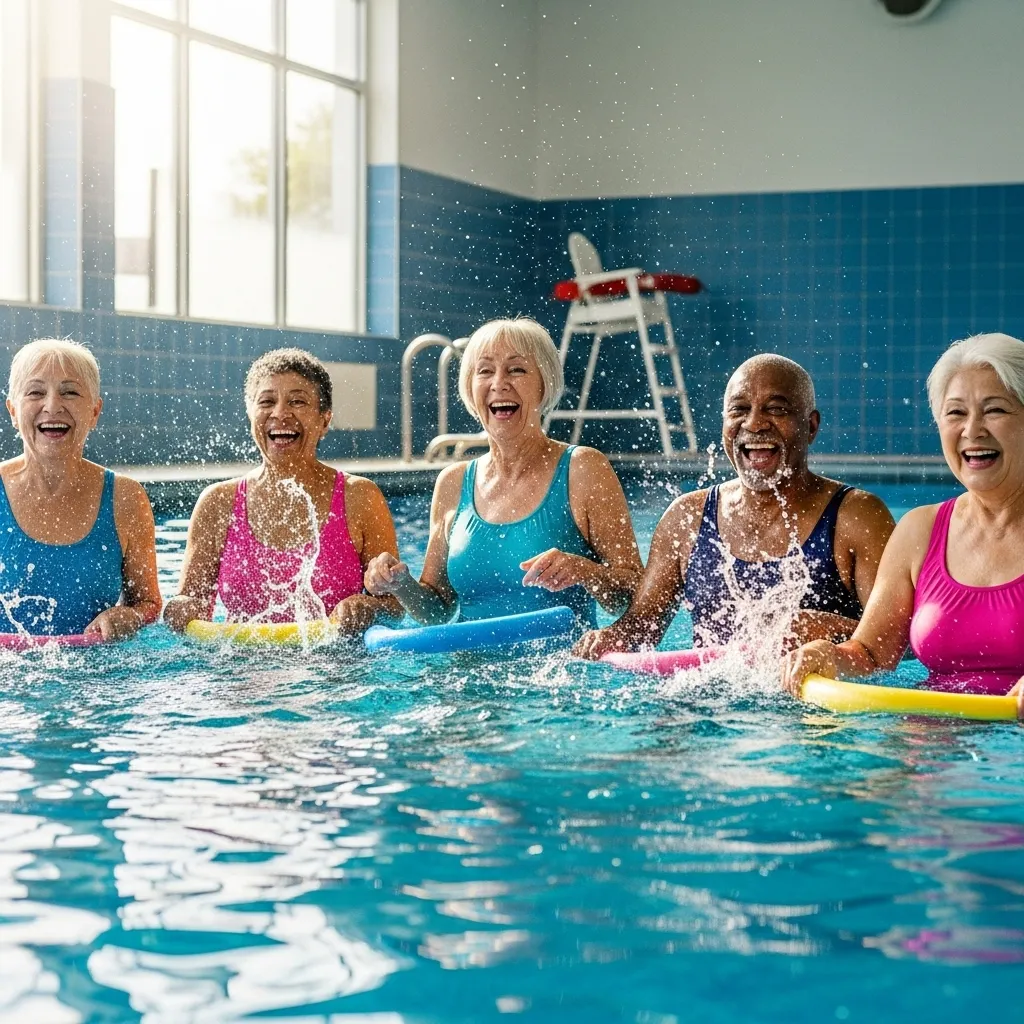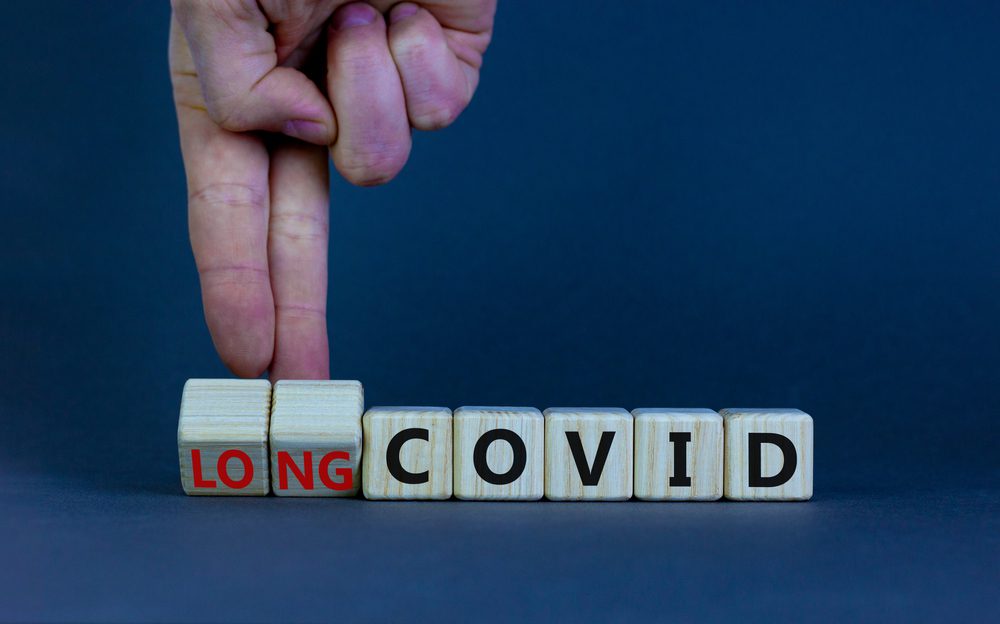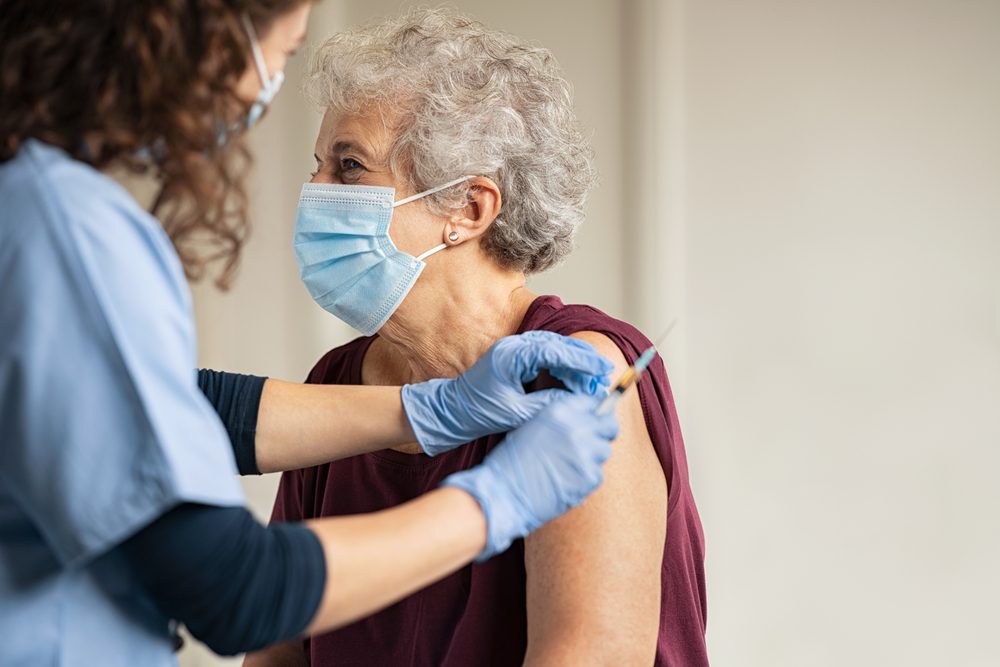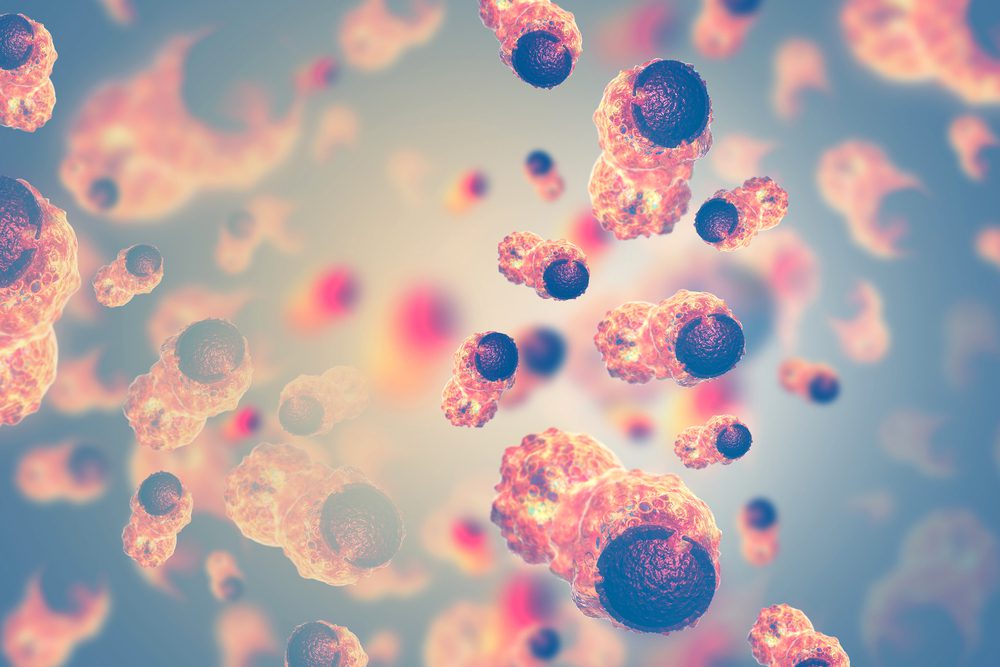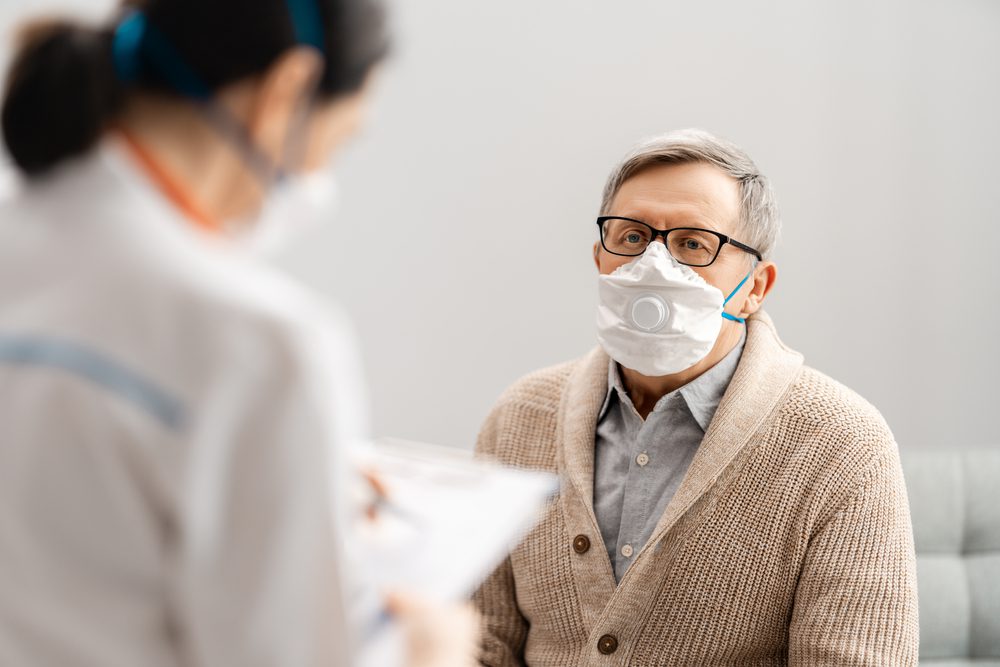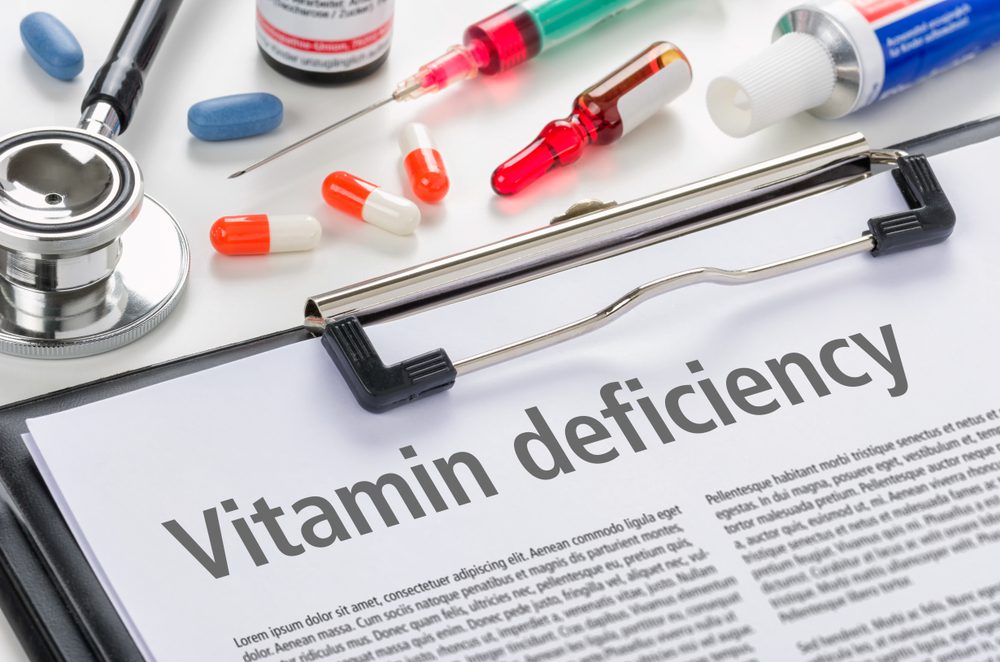What Are the Signs of Dehydration in the Elderly?
Recognizing the early warning signs of dehydration is critical for maintaining your health and preventing more serious complications. Because the sensation of thirst diminishes with age, you often need to look for other clues your body is sending you. Being aware of what are the signs of dehydration in the elderly can empower you to take action quickly.
Common signs to watch for include:
Dry Mouth and Sticky Saliva: One of the first and most common indicators is a feeling of dryness in your mouth. Your saliva may feel thick or sticky.
Fatigue and Weakness: Feeling unusually tired, sluggish, or weak for no apparent reason can be a sign that your body is low on fluids. Dehydration impacts energy levels significantly.
Dizziness or Lightheadedness: When you’re dehydrated, your blood volume can decrease, leading to a drop in blood pressure that can make you feel dizzy, especially when you stand up.
Confusion or Difficulty Concentrating: The brain is about 75% water, so even mild dehydration can affect cognitive function, leading to confusion, irritability, or trouble focusing.
Dark-Colored Urine: Your urine is a great hydration gauge. Well-hydrated urine is typically a pale, straw-like yellow. If it’s dark yellow or amber-colored, it’s a clear sign you need to drink more fluids.
Infrequent Urination: If you notice you’re making fewer trips to the bathroom than usual, your body may be trying to conserve the water it has.
Muscle Cramps: Electrolyte imbalances caused by dehydration can lead to painful muscle cramps, particularly in the legs.
Sunken Eyes: While a more severe sign, dehydration can cause the eyes to appear sunken.
Conversely, the benefits of staying well-hydrated are immense. You’ll experience improved energy levels, better cognitive function, healthier skin, more regular digestion, and fewer aches in your joints. Good hydration is a simple key to unlocking a higher quality of life.

